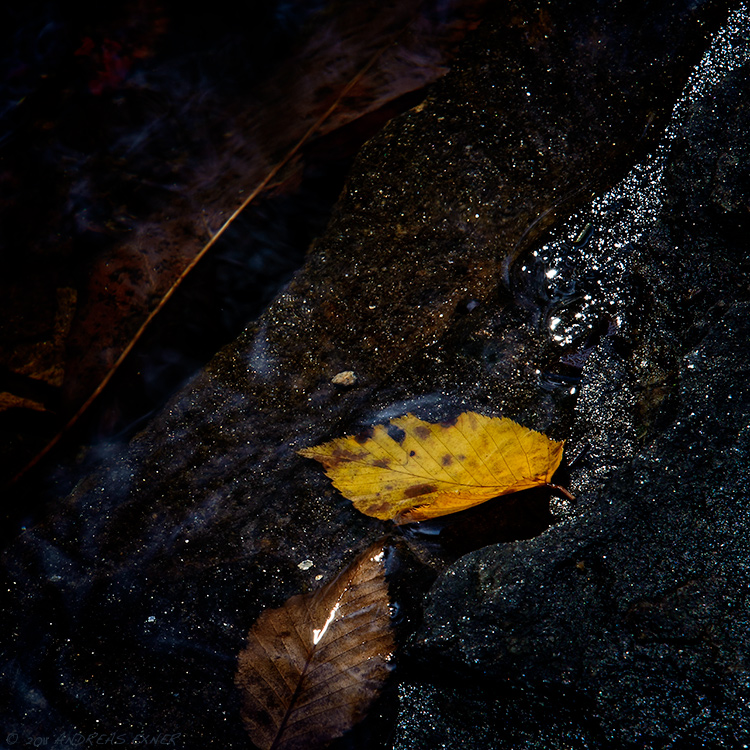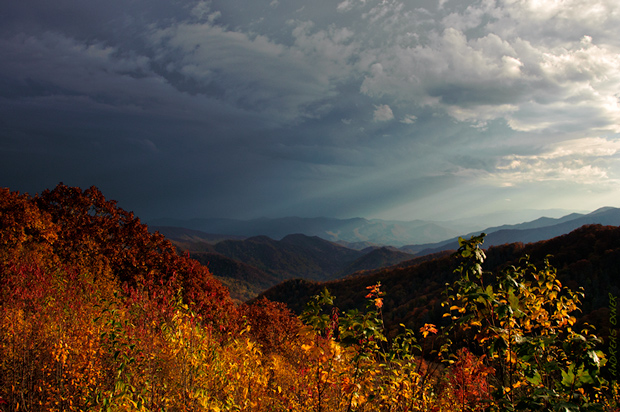As the mild winter progresses I'm still in process to reorganize and clean my photo archive. I know that I will not have much time for this job when the birds start to migrate south again and I want to be out shooting every possible minute. The best part of this task is to look at some photos from a distance in time and to make choices about publishing.
This one is not really that old yet, it is from last year's trip to the Great Smoky Mountains. We just returned from Clingmans Dome, the highest summit in the Smokies, back to the parking lot when this cloud caught my attention. Why did I choose this one? It is the direction I try to head with my landscape photography. It is not about black and white, it is about story telling drama in the sky. This photo can be repeated over and over again with a boring blue sky and will always look the same. Most postcards are this way. It is unique with this particular cloud, and this is what makes the difference, at least for me.














